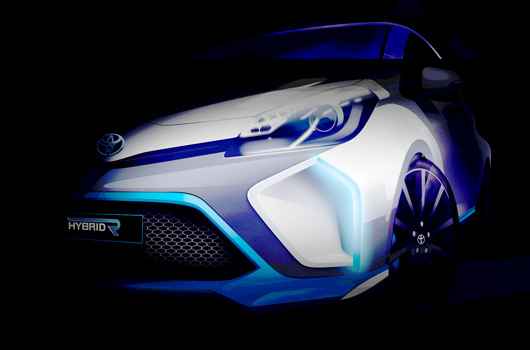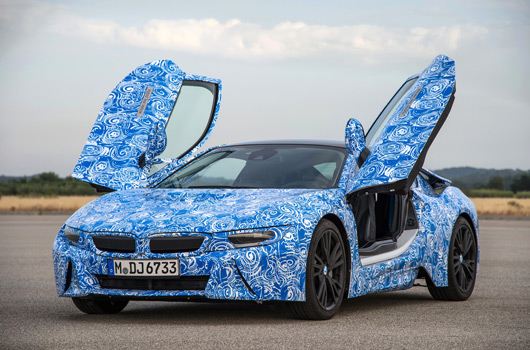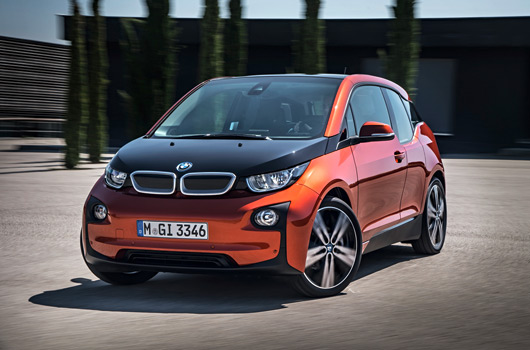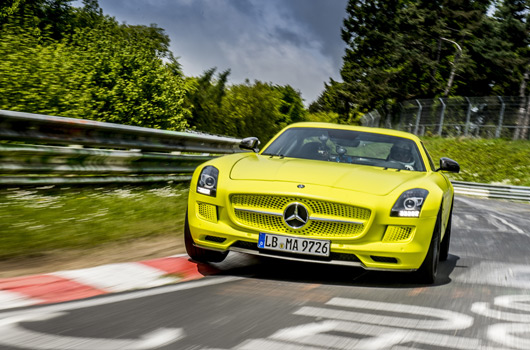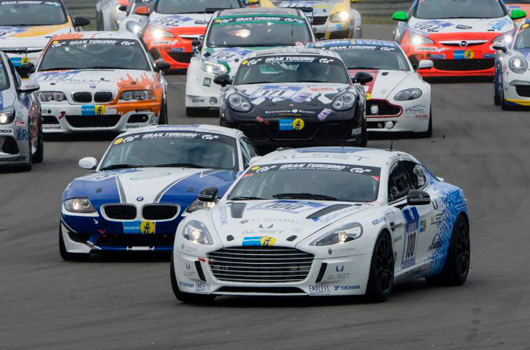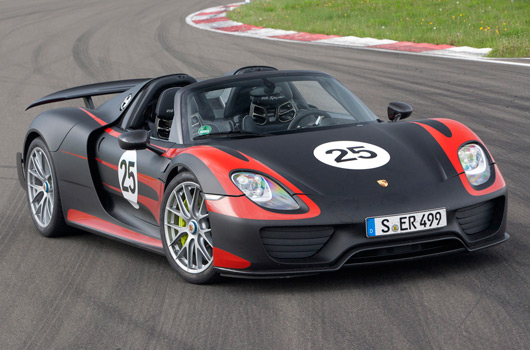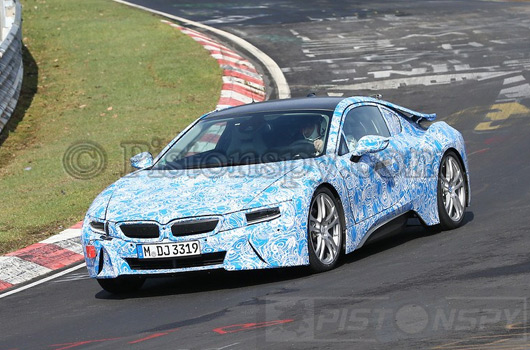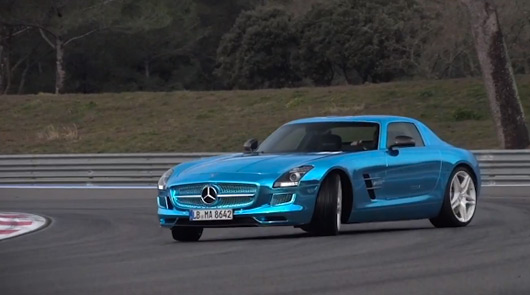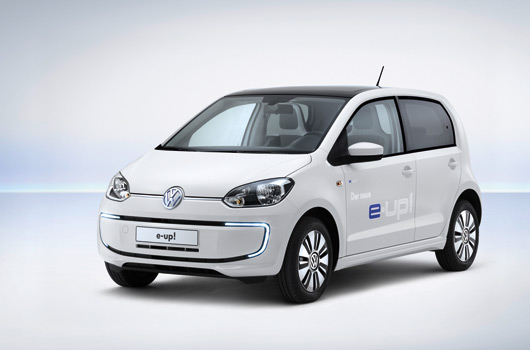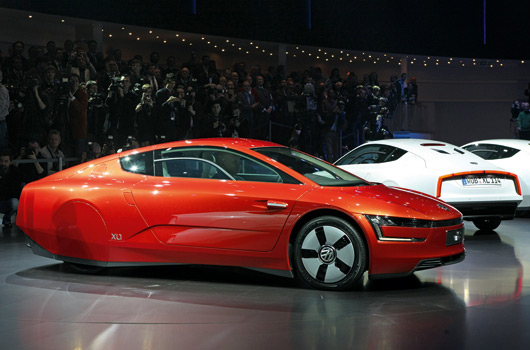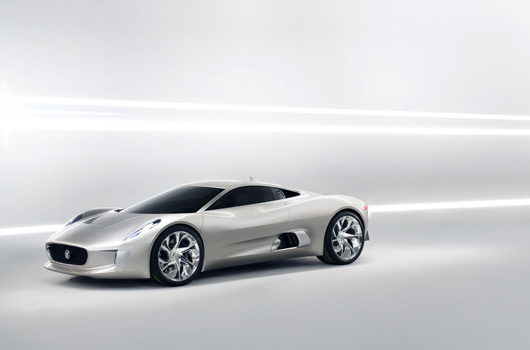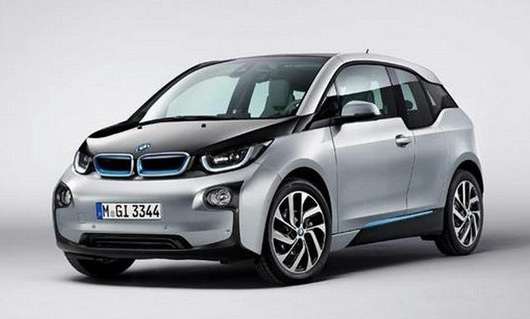
BMW’s i generation is due to begin in earnest next Monday when the all-electric i3 city car is officially launched. We’ve seen it concept form before, most recently as the i3 Concept Coupé, but now leaked pics of the production model have emerged.
Earlier this month BMW released technical details of the i3, including a 24 page press kit (185kb PDF). The i3 will be powered by a 125kW/250Nm electric motor capable of covering up to 200km in its most efficient Eco Pro+ driving mode. In regular daily use BMW says the i3 has a range of 130–160km.
A two-cylinder 650cc petrol engine “range extender” is available as an option and increases the claimed maximum distance available in everyday driving to 300km.
The i3 is pretty quick too, with a claimed 0–100km/h time of 7.2 seconds, it’s as fast as a Mk5 Golf GTI (6sp manual).
Electric cars will be a new experience for many, especially when you consider the i3 has just one pedal. That means you press the pedal to accelerate and braking commences the moment you lift your foot off the pedal. BMW explains it like this:
The single-pedal control concept in the BMW i3 – configured by the BMW Group’s drive system development engineers – also contributes to the engaging driving experience. Recuperation mode is activated the moment the driver takes his foot off the accelerator. The electric motor switches from drive to generator mode, feeding power into the lithium-ion battery. At the same time, it generates a precisely controllable braking effect. This recuperation is speed-sensitive, which means the car “coasts†with maximum efficiency at high speeds and generates a strong braking effect at low speeds.
There’s been no word on Australian pricing for the i3, but we do know it will set you back €34,950 in Germany, £25,680 (after a £5,000 government subsidy) in the UK and $41,350 in the US. Averaged out that equates to around AU$45,650. We’re not sure if that is a realistic price expectation for our market, but we remain hopeful.
We’ll bring you full details of the i3 once BMW releases them. In the meantime there’s another eight leaked images for you after the break.
[Source: Autblog.nl]
